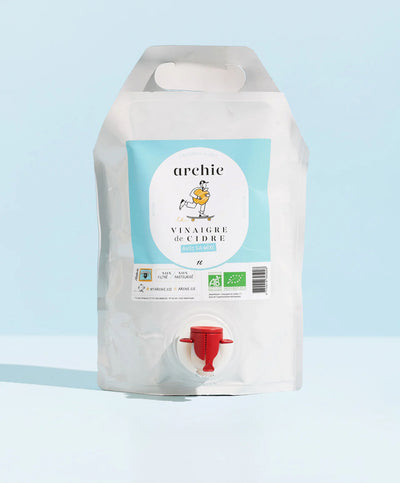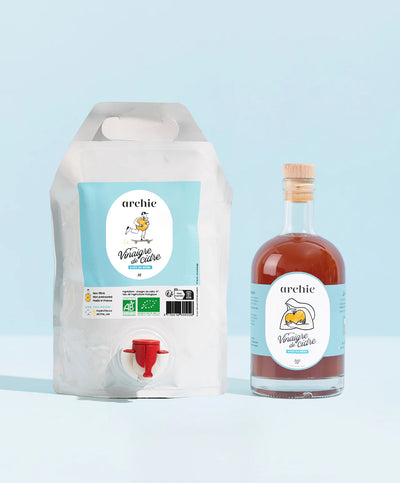The Glucose Revolution is a nutritional approach that aims to stabilize blood sugar (glycemia) to improve energy, reduce cravings, maintain metabolic health, and limit the impact of sugar on the body.
It is based on a simple but essential principle: better understanding the impact of food on our blood sugar levels , and making more informed choices on a daily basis.
We had the pleasure of collaborating with Jessie Inchauspé for a year; this partnership has now come to an end.
A method born in the 1990s
Initially developed by a group of Australian nutrition experts, the Glucose Revolution was popularized by an eponymous book published in 1999.
But it is recently, with the work of Jessie Inchauspé (alias @glucosegoddess), a French biochemist, that the method has been brought back to the forefront in a more accessible, more visual version, based on concrete experiments.
The Basics: Understanding the Glycemic Index (GI)
The glycemic index (GI) measures a food's ability to raise blood sugar levels .
-
High GI → sugar spike → insulin spike → fatigue, cravings, storage
-
A low GI → slow diffusion of glucose → stable energy
The Glucose Revolution encourages you to favor foods with a low or moderate GI , such as:
-
Legumes (lentils, chickpeas)
-
Whole grains
-
Whole fruits
-
Nuts and seeds
-
Green vegetables and sweet roots
And to limit (without prohibiting) foods with a high GI:
-
Sweets, sodas, pastries
-
White bread, white rice, overcooked potatoes
-
Fruit juices, processed cereals
The art of eating better (without frustration)
The Glucose Revolution does not offer a strict diet but an intelligent recomposition of meals .
In particular, it recommends:
-
Eat foods in the right order : fiber → protein → carbohydrates
-
Add healthy fats and fiber to lower glycemic impact
-
To combine carbohydrates with a source of protein and lipids
-
Avoid peaks at the start of the day (no more ultra-sweet breakfasts)
Moving, a pillar in its own right
Physical activity is a fundamental complement. It:
-
Improves insulin sensitivity
-
Helps regulate post-meal blood sugar levels
-
Promotes the burning of glucose by the muscles
A 30-minute walk after a meal, or regular gentle activity (yoga, cycling, swimming, etc.), is enough to make a difference.
What benefits can you expect?
Stable blood sugar levels are:
-
Less fatigue after meals
-
Fewer sugar cravings
-
More constant energy
-
A better mood
-
Less chronic inflammation
-
A positive impact on weight, sleep and metabolic health
The method is particularly suitable for prevention or support of:
-
Type 2 diabetes
-
Polycystic ovarian syndrome (PCOS)
-
Overweight
-
Premenstrual syndrome
-
Chronic inflammation
In summary
The Glucose Revolution isn't a fad. It's a wake-up call and a return to balance :
-
Learn more about the effect of food on your body
-
Reduce blood sugar spikes
-
Recompose your plates intelligently
-
And use simple gestures to take care of yourself, sustainably
















